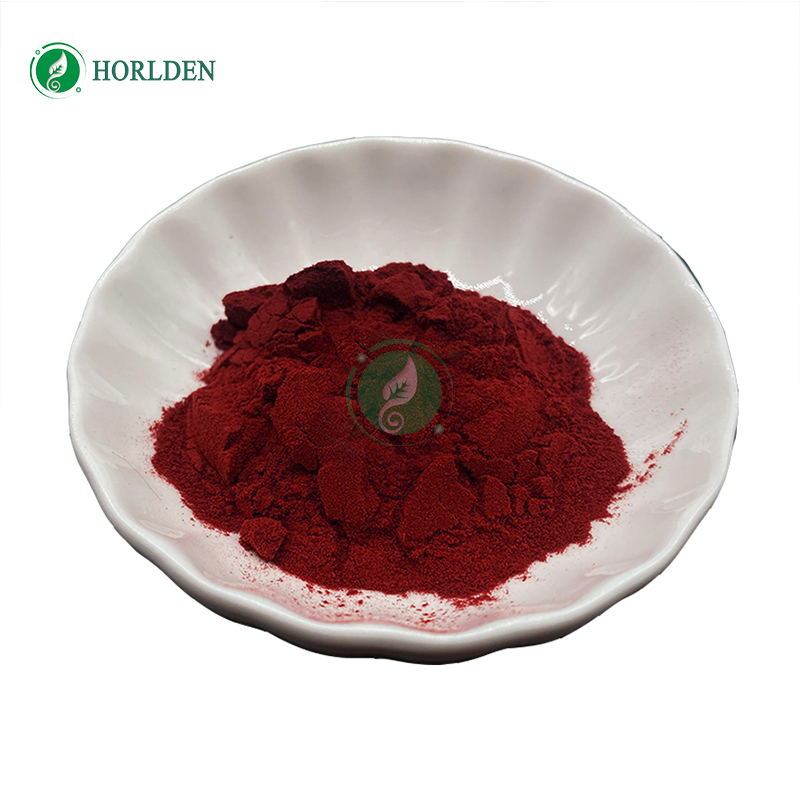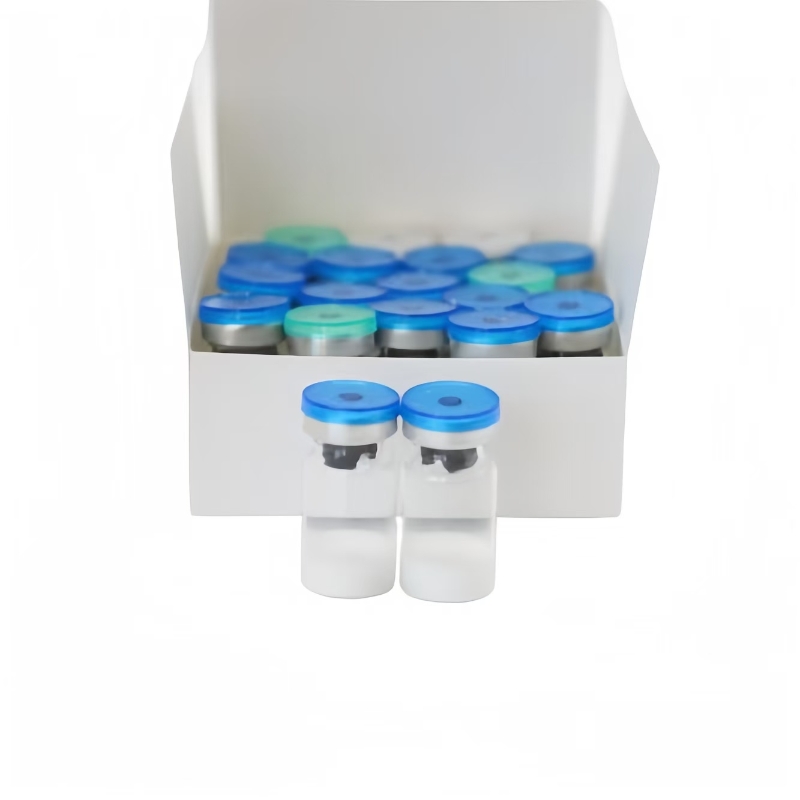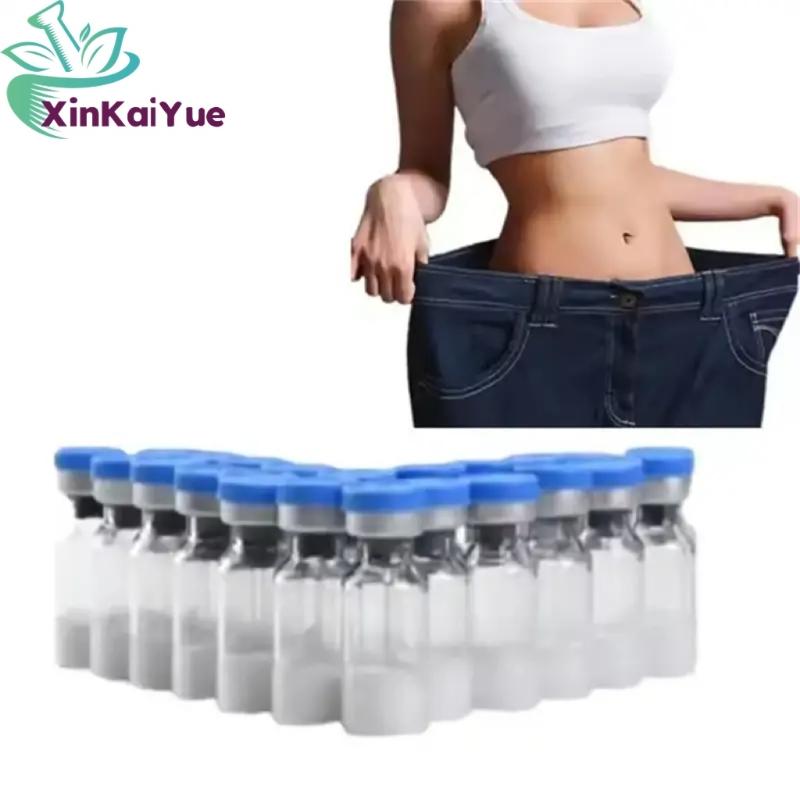-
Categories
-
Pharmaceutical Intermediates
-
Active Pharmaceutical Ingredients
-
Food Additives
- Industrial Coatings
- Agrochemicals
- Dyes and Pigments
- Surfactant
- Flavors and Fragrances
- Chemical Reagents
- Catalyst and Auxiliary
- Natural Products
- Inorganic Chemistry
-
Organic Chemistry
-
Biochemical Engineering
- Analytical Chemistry
-
Cosmetic Ingredient
- Water Treatment Chemical
-
Pharmaceutical Intermediates
Promotion
ECHEMI Mall
Wholesale
Weekly Price
Exhibition
News
-
Trade Service
April 9 is the international day of protecting stomach According to the data released by WHO, the incidence rate of gastric diseases worldwide is 80%, and it is growing at 17.43% annually In recent years, the incidence of peptic ulcer and superficial gastritis has become younger and younger The incidence rate of chronic atrophic gastritis in middle and old age is increasing year by year With the in-depth development of the R & D pipeline of gastropathy drugs in the international pharmaceutical market, new varieties on the market are hot, which promotes the growth of digestive drugs market
none="shifuMouseDownStyle('shifu_bus_002')" style="margin: 1em auto; padding: 0px; max-width: 100%; color: rgb(62, 62, 62); font-family: "Hiragino Sans GB", "Microsoft YaHei", Arial, sans-serif; font-size: 16px; line-height: 25.6px; widows: 1; border-style: none none solid; text-align: center; border-bottom-width: 1px; Border bottom color: rgb (0, 0, 0); box sizing: border box! Im portant; word wrap: break word! Im portant; "> the domestic market growth is stable According to the data of mienei.com, in 2016, the market of digestive and metabolic drugs in public hospitals in key cities in China was 19.086 billion yuan, an increase rate of 8.02% over the previous year At present, the official domestic data in 2017 has not been published, and it is expected to exceed 20 billion yuan in the whole year, an increase of 10.37% over the previous year Among the 14 chemotherapeutics, peptic ulcer drugs account for 25.90%, which is expected to reach 5.455 billion yuan in 2017, an increase of 8.97% over the previous year Among them, proton pump inhibitors are still the mainstream in this market, accounting for 87.08%; antacids and gastric mucosal protectors, accounting for 9.73%; H2 receptor antagonists, accounting for 3.19% Although the proportion of H2 receptor antagonists (tibens) is small, they are the categories with high growth rate in recent years none="shifuMouseDownStyle('shifu_bus_002')" style="margin: 1em auto; padding: 0px; max-width: 100%; color: rgb(62, 62, 62); font-family: "Hiragino Sans GB", "Microsoft YaHei", Arial, sans-serif; font-size: 16px; line-height: 25.6px; widows: 1; border-style: none none solid; text-align: center; border-bottom-width: 1px; border-bottom-color: rgb(0, 0, 0); box-sizing: border-box !im portant; word-wrap: break-word !im portant; "> recovery of D market Compared with proton pump inhibitors, H2 receptor antagonists have the same effective rate and cure rate, which can selectively block H2 receptor on cell membrane, inhibit gastric acid secretion and pepsin activity, reduce gastric stimulation, improve microcirculation of gastric mucosa and promote cell regeneration and repair The H2 receptor antagonists in the market of peptic ulcer treatment in China are mainly rosatidine, lafutidine, famotidine, cimetidine, nizatidine and ranitidine In addition, the compound preparation is ranitidine bismuth citrate, ranitidine compound, cimetidine proglumide and famotidine calcium magnesium According to the data of compound H2 receptor antagonists, the amount of H2 receptor antagonists used in public hospitals in key cities in 2016 was 119 million yuan, an increase rate of 45.62% over the previous year According to the data of the first three quarters of 2017, it is estimated that in 2017, the market of public hospitals in key cities in China was 174 million yuan, with a year-on-year growth rate of 46.16% Since the new product rosatidine entered the hospital market in 2014, it has promoted the growth of the overall market of the tidine drugs The top 3 varieties of H2 receptor antagonists are rosatidine, lafutidine and famotidine, accounting for 88.77% of the market of this kind of drugs, while the market share of other H2 receptor antagonists and their compound preparations in the high-end market of the hospital is only 11.23%
none="shifuMouseDownStyle('shifu_bus_002')" style="margin: 1em auto; padding: 0px; max-width: 100%; color: rgb(62, 62, 62); font-family: "Hiragino Sans GB", "Microsoft YaHei", Arial, sans-serif; font-size: 16px; line-height: 25.6px; widows: 1; border-style: none none solid; text-align: center; border-bottom-width: 1px; Border bottom color: rgb (0, 0, 0); box sizing: border box! Im portant; word wrap: break word! Im portant; "> the leading variety rosattidine is a new type of histamine H2 receptor blocker In 1986, the Ministry of health and welfare of Japan approved rosatidine oral tablets for the treatment of gastric and duodenal ulcer, Zhuo AI syndrome, reflux esophagitis and gastritis In 1995, Japan approved rosatidine injection for the treatment of upper gastrointestinal bleeding and pre anesthesia At present, rosattin has been listed in 9 countries, including South Korea, Germany, France, Sweden, Switzerland and Italy Rosatidine is a long-acting H2 receptor antagonist, which has stronger acid inhibition than ranitidine and cimetidine, and can relieve the pain of gastric ulcer as soon as possible, and has mucosal protective effect In October 2012, CFDA approved rosatidine injection of Beijing Sihuan Pharmaceutical Co., Ltd to be listed first In August 2014, Harbin Pharmaceutical Group Sanjing Jiabin Pharmaceutical Co., Ltd obtained the approval for rosatidine injection production At present, only the above two enterprises in China have obtained the approval for rosatidine preparation production According to the data of minenet, in 2016, the amount of roxatidine used in public hospitals in key cities in China was 75.45 million yuan, an increase rate of 85.00% over the previous year In 2017, the market of rosattidine, a public hospital in key cities in China, was 86.94 million yuan, an increase of 15.22% over the previous year Among them, Beijing Fourth Ring Road accounted for 98.14%, Harbin Pharmaceutical Group Sanjing Jiabin pharmaceutical industry accounted for 1.86% At present, rosatidine is only available for injection in China, and oral preparations are still to be developed for marketing It has a certain market prospect in the market of differential treatment of gastroduodenal ulcer, Zhuo AI syndrome, reflux esophagitis and gastritis
none="shifuMouseDownStyle('shifu_bus_002')" style="margin: 1em auto; padding: 0px; max-width: 100%; color: rgb(62, 62, 62); font-family: "Hiragino Sans GB", "Microsoft YaHei", Arial, sans-serif; font-size: 16px; line-height: 25.6px; widows: 1; border-style: none none solid; text-align: center; border-bottom-width: 1px; Border bottom color: rgb (0, 0, 0); box sizing: border box! Im portant; word wrap: break word! Im portant; "> lafutidine is a new generation of long-acting and strong H2 receptor antagonist In April 2000, Japan's Ministry of health and welfare approved the listing of lafutidine jointly developed by Fuji and Dapeng pharmaceutical company In 2006, CFDA approved the market of lafutidine preparation of Sichuan Kelun group and Jiangsu Runbang Pharmaceutical Co., Ltd At present, 11 domestic enterprises have obtained approval documents for preparation production, and the main dosage forms are tablets, dispersible tablets, capsules and granules According to the data of minenet, in 2016, the amount of lafutidine used in public hospitals in key cities in China was 13.1 million yuan, and in 2017, the market of lafutidine in public hospitals in key cities in China was 12.07 million yuan, an increase rate of - 7.84% over the previous year Lafutidine is a competitive product of ranitidine, famotidine and cimetidine In the competition pattern of lafutidine, among the public hospitals in key cities, the top 5 brand is tile of Jichuan pharmaceutical, which accounts for 31.17%, liweixin of yuekang pharmaceutical, which accounts for 19.38%, nuofi of Sichuan Kelun, which accounts for 16.37%, hukedith of Jiangsu Zhongyao, which accounts for 13.21%, shunru of Jiangsu Runbang, which accounts for 12.97% Generally speaking, the market concentration is not high, but the products still have certain competitiveness none="shifuMouseDownStyle('shifu_bus_002')" style="margin: 1em auto; padding: 0px; max-width: 100%; color: rgb(62, 62, 62); font-family: "Hiragino Sans GB", "Microsoft YaHei", Arial, sans-serif; font-size: 16px; line-height: 25.6px; widows: 1; border-style: none none solid; text-align: center; border-bottom-width: 1px; border-bottom-color: rgb(0, 0,0); box sizing: border box! Im portant; word wrap: break word! Im portant; "> famotidine, a foreign-funded leading market, belongs to the third generation of histamine H2 receptor antagonists, developed by Yamauchi, Japan, under the trade name of kosuda, which is used to treat gastric, duodenal ulcer and acute gastrointestinal diseases It was listed in Japan in 1985 and approved by FDA in the same year In October 1986, MSD was approved for production It was first sold as an over-the-counter drug in the UK in 1994, and then listed in hundreds of countries and regions around the world In 1990, domestic enterprises successfully imitated and listed on the market By April 2018, CFDA has issued 124 domestic production approvals Famotidine has many dosage forms, including tablets, capsules, granules, powder injection, injection, chewing tablets, dispersible tablets, glucose injection, sodium chloride injection Famotidine is one of the three classic varieties in China at the end of the 20th century After being listed in China, the overall market has declined rapidly with the listing of proton pump inhibitors According to the data of mienei.com, in 2016, the amount of famotidine used in public hospitals in key cities in China was 11.97 million yuan; in 2017, the amount of famotidine used in public hospitals in key cities in China was 10.16 million yuan, an increase rate of - 15.18% over the previous year There are 13 competitors of famotidine in the public hospitals of key cities in China Among the top 5 manufacturers, the famotidine orally disintegrating tablets of Japan's anstar account for 82.30%, the xinfadin of Shanghai Xinyi account for 9.96%, the shuangchengkewei of Hainan Shuangcheng account for 3.44%, the Tianquan Weixin of Fujian Tianquan account for 1.58%, the famotidine of Guangdong bidi account for 1.27%, and the other 8 only account for 1.45% In terms of dosage form, famotidine oral tablets and orally disintegrating tablets dominate the market with 93.55% share.







